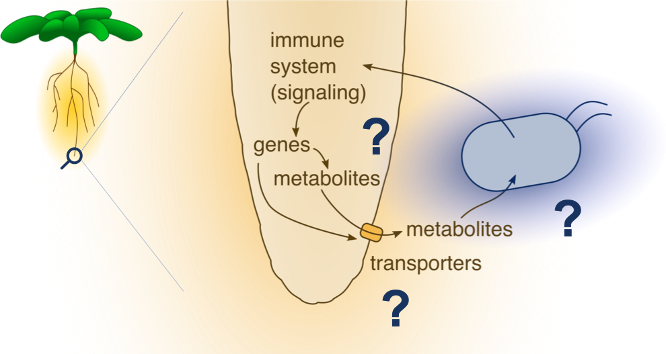Navigation auf uzh.ch
Navigation auf uzh.ch
In the 1960s, the green revolution transformed agriculture. The development of dwarf cereal varieties and the implementation of modernized practices led to increased yields, saving millions from starvation, and resulting in a Nobel peace prize in 1970.
These days, we are longing for a second green revolution. More and more arable land is lost due to many factors, while the world’s population still increases. Practices implemented during the first green revolution, such as fertilizer application, will have to be replaced by new strategies; fossil phosphorous deposits, for example, will be depleted soon. High hopes are currently placed in supplying plants with beneficial microbial partners: it was shown that several fungi and bacteria are able to increase biotic and abiotic stress tolerance, as well as crop yield. However, attempts to add these ‘biological fertilizers’ to crops in agricultural settings to increase yield showed mixed results. These strategies demand an increase of our understanding of plant-microbe interactions in order to be able to supply the appropriate beneficial partners to crops growing in a distinct environment and thus to achieve a reliable increase in yield.
Conceptually, it is well known that plants are able to sense microbes in their environment, and to respond to their presence by modulating their metabolism. Past decades of research revealed that the presence and amounts of metabolites produced by plants can influence the growth of microbes. However, exactly how plants shape their interaction with microbes remains unknown.
 Figure: concept of belowground plant-microbe interactions with many questions remaining regarding molecular mechanisms
Figure: concept of belowground plant-microbe interactions with many questions remaining regarding molecular mechanisms